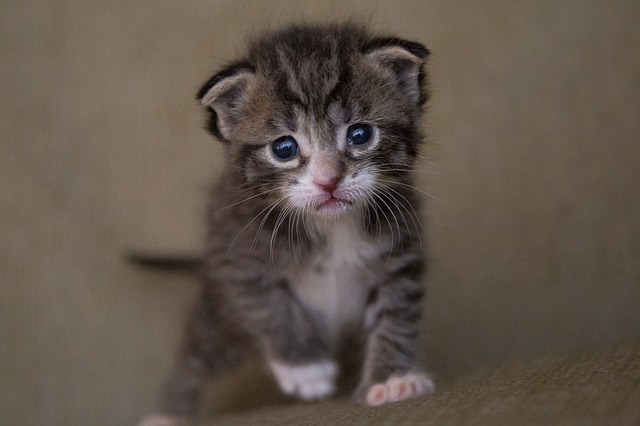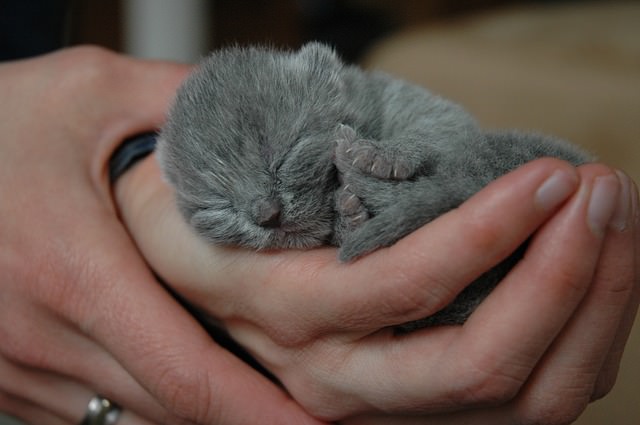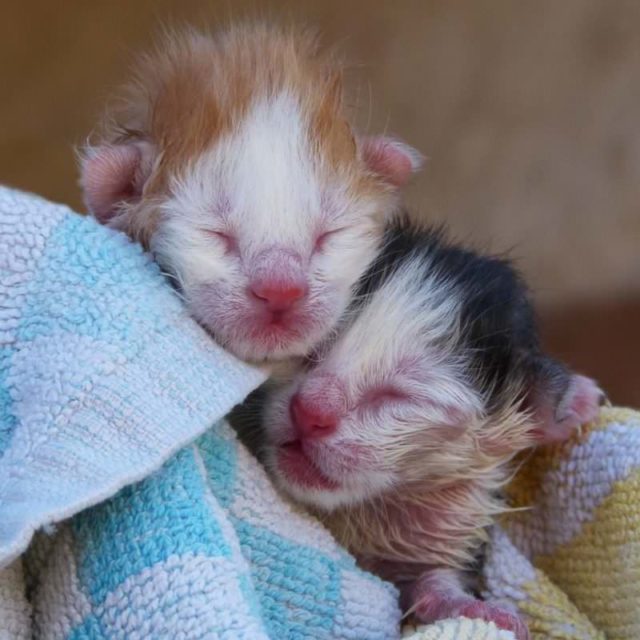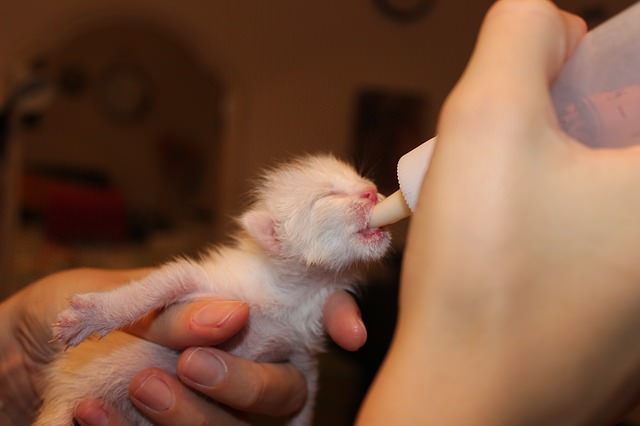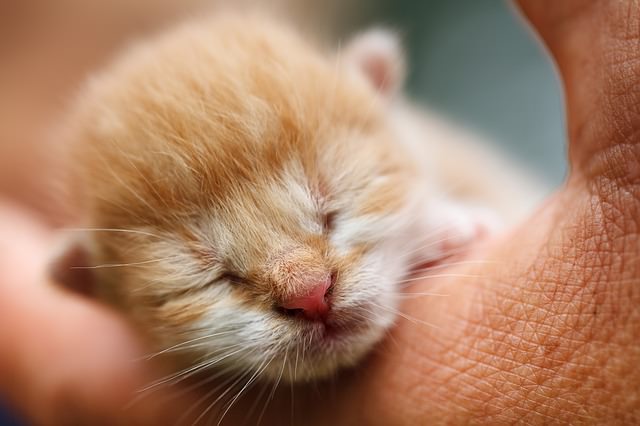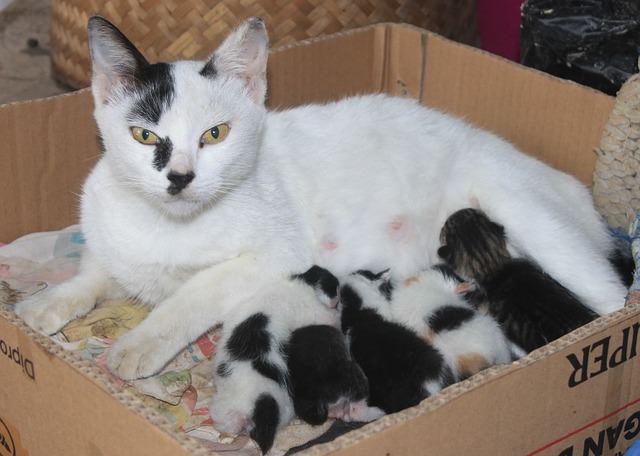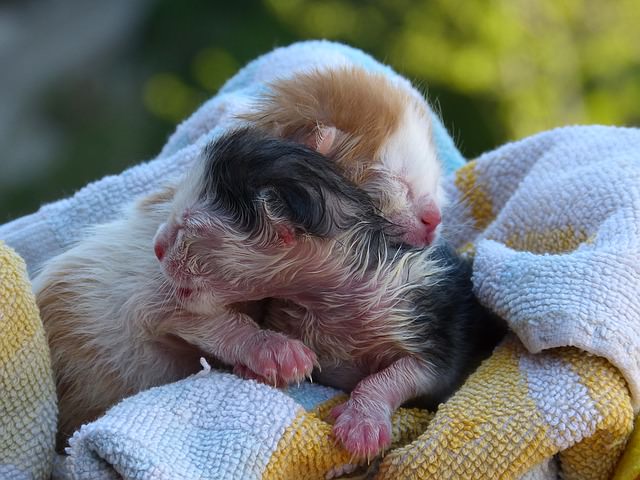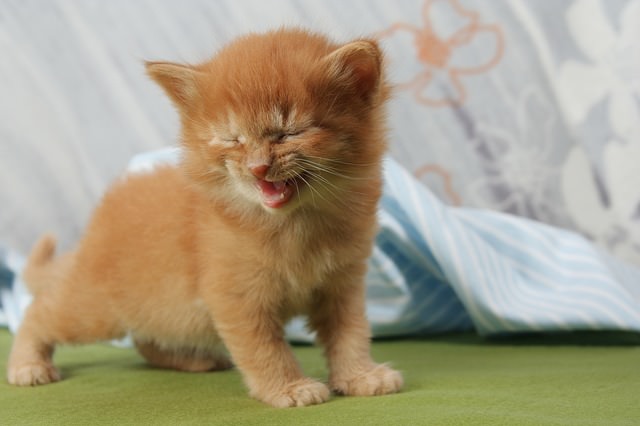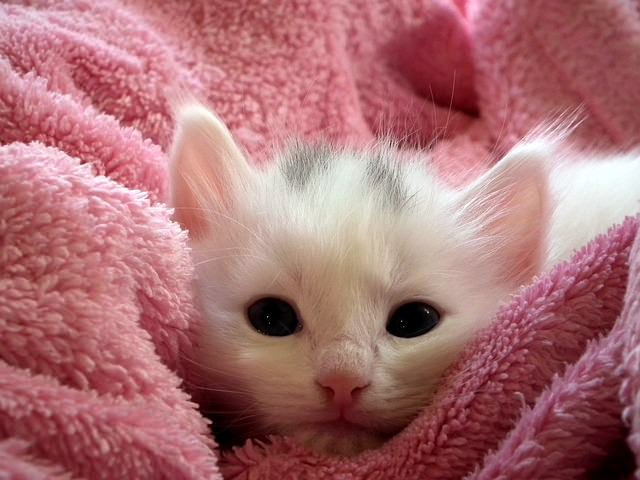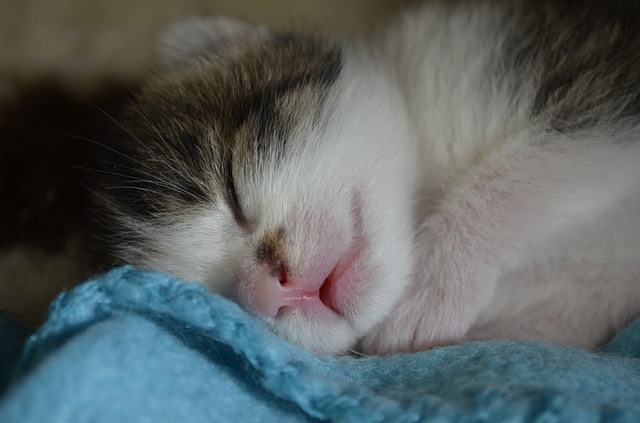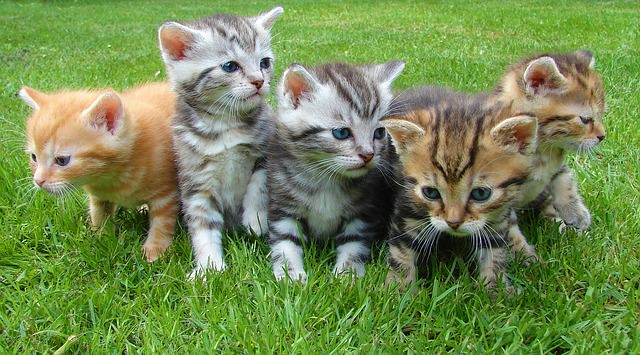“Kitten season” is upon us! Millions of teeny-tiny, cuddly furballs are born to stray or feral mothers each year. Sadly, nearly 75% of them will die or disappear by the age of 6 months without human intervention.
Veterinary clinics, animal shelters and rescue groups are inundated with orphaned litters and desperate for qualified citizens to help raise them.
Caring for motherless kittens may seem like a daunting task, but with the right education and supplies, anyone can be a hero to these helpless babies.
Your veterinarian can help you assess their age and come up with a feeding and care schedule. It is not uncommon for abandoned kittens to suffer from dehydration, malnourishment, parasites and upper respiratory infections, so a veterinary exam is a must.
Kittens’ eyes tend to open when they are between seven and 14 days of age. Those younger than two weeks are unable to regulate their own body temperature and will need a cozy box with plenty of warmth in the form of towels, blankets, a heating pad under the box, and/or warm water bottles to snuggle. The air temperature around the kittens should be around 92 degrees and free from drafts.
When it comes to feedings, you will need a small towel, kitten meal replacer – from your vet or pet supply store, and an eye dropper, small syringe, or nursing bottle to dispense it with. In my experience syringes work best for extremely young kitties while bottles are a better choice for older, more active ones.
Gradually enlarge the hole in the nipple of the nursing bottle as your kitties grow to prevent frustration during feedings – hungry kittens can get very moody if they aren’t getting their formula fast enough!
Emergency Tip: Should you discover a litter of kittens during off hours, you can feed egg yolk mixed with unsweetened evaporated milk until you can get your hands on some kitten formula.
Follow the instructions on the milk replacer for mixing instructions and store unused formula in the refrigerator. Warm the food by placing the bottle into a hot water bath until it is just above room temperature.
At first, young kittens should eat every two hours and only consume a few cc’s at each feeding. As they grow, you can gradually increase the time between feedings and the amount of formula given. Healthy kittens will eat greedily and let you know when they are finished.
Note: Kittens should ideally be nursed on their bellies instead of their backs mimicking the way they would suckle from their mother.
Contact your veterinarian if they do not eat for more than six hours. Hypoglycemia can occur quickly in young kittens who are not getting nutrition and could result in death. Keep an eye out for “poor doers” in the litter that fail to eat, grow, and thrive at the same rate as their littermates.
At about 3 weeks of age, your kittens can start eating a soupy mixture of warm water and a meat-based kitten food like Science Diet Prescription A/D from your vet. Monitor them during feedings to ensure they are getting enough to eat. You will likely have to supplement with formula for a while until they learn to eat without a bottle.
Note: This is a very messy time in the kitten raising process. Expect them to be covered in kitten gruel and very crabby until they figure out how to eat this new concoction!
While we’re on the subject of messy kittens, let’s talk hygiene. Babies under three weeks of age need to be stimulated to urinate and defecate. Mama cats do this by licking their anal and urinary openings after each feeding. To mimic that moist, sandpapery tongue, use a warm, damp washcloth to gently stroke the area in a downward fashion until they potty. Pat them dry to avoid rashes and infection.
At around three weeks, you can begin providing a low cardboard box with kitten-safe litter. Keep in mind that digging and burying is instinctual, but there will be some accidents as their systems mature.
Be sure to keep their faces and bodies free from dried formula, food, etc. Use a separate warm, damp washcloth for “bathing” and fully dry them afterwards.
Monitor your kittens’ appetite, activity level, and growth. Watch for potential problems such as anorexia, changes in urination or defecation, lethargy, sneezing, eye and nose discharge, or parasites. Contact your vet with questions or concerns.
Parasites can lead to anemia and other problems in very young kittens. Drop off a stool sample when they are about four weeks old to check for intestinal parasites and call your vet if fleas become a problem. Vaccinations and Feline Leukemia/FIV testing is usually recommended at age six to eight weeks.
At this point, your babies should be active, vocal, playful and eating solid food with gusto. They are now ready to be adopted into forever homes! Congratulations on a job well done!
H/T to PetMD

